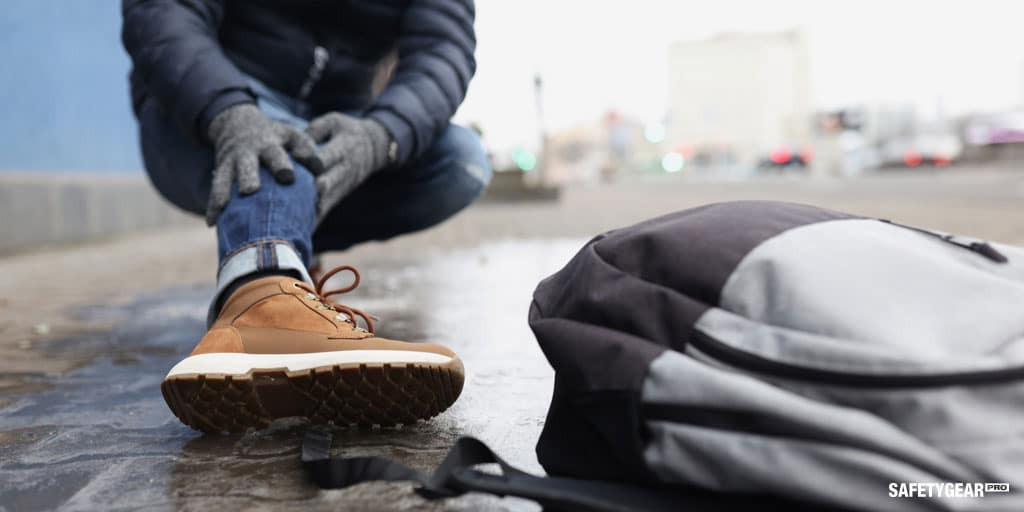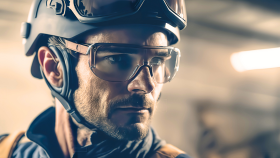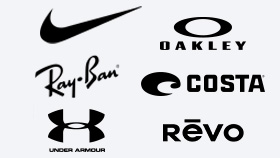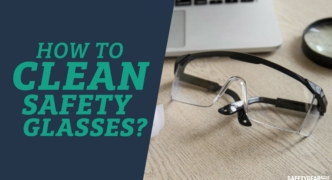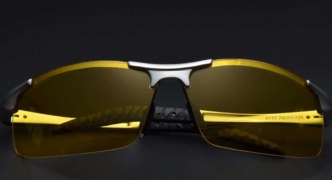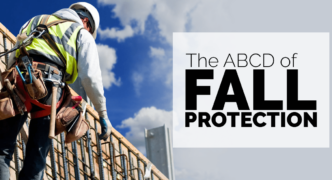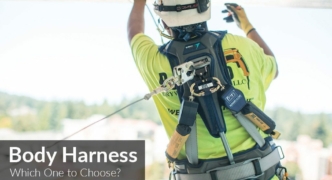The Employer’s Guide To Preventing Slips, Trips, and Falls
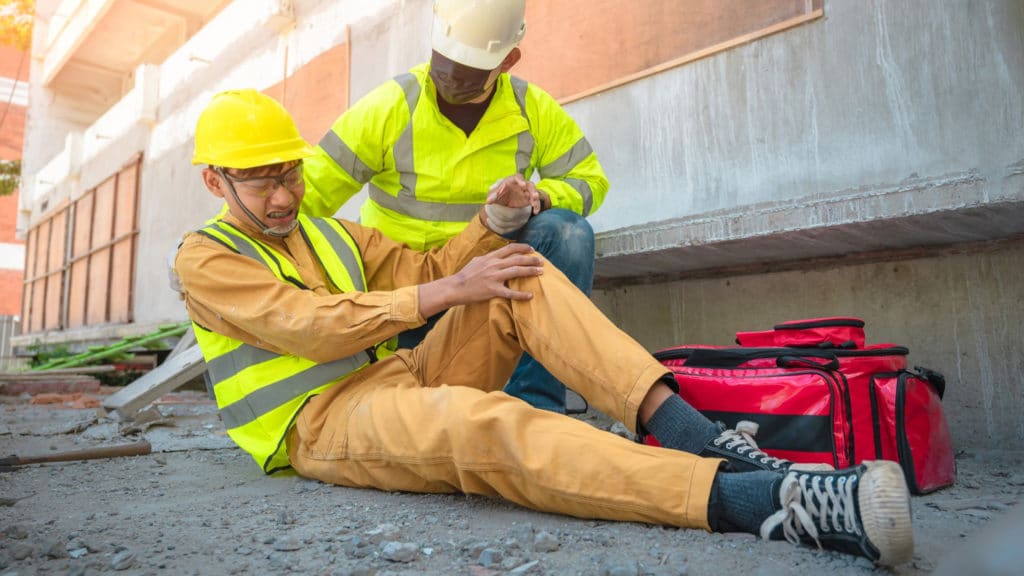
Countless workplace accidents happen every day, and many of these accidents involve slipping, tripping, and falling. Indeed, this phenomenon is responsible for many injuries, lawsuits, and even deaths — yet it continues to plague workplaces. If you’re wondering how to invest in fall protection and prevention, there are a few strategies that will improve the safety of your workplace and minimize the risk that employees face. You can start by familiarizing yourself with the following facts and figures about slip, trip, and fall causes — and learn about the safety gear that can improve prevention efforts.
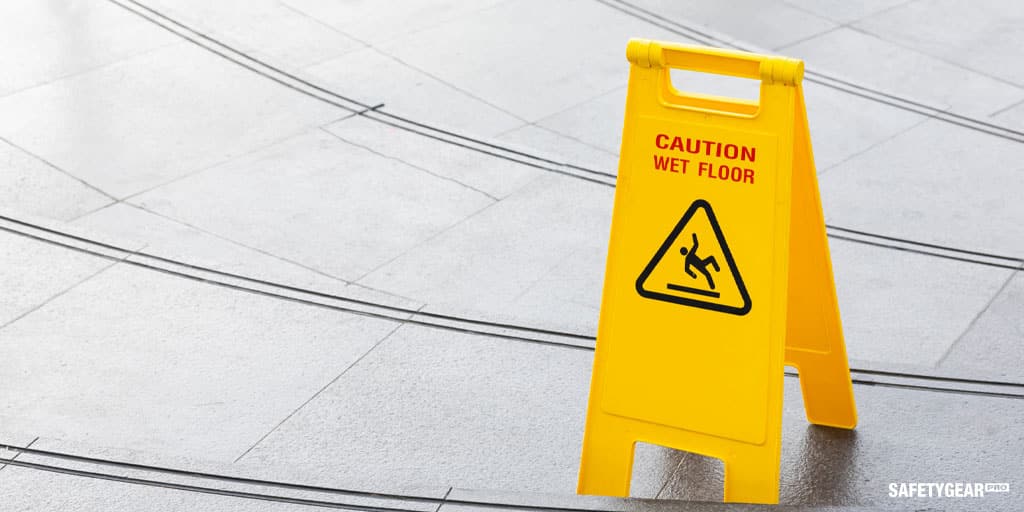

Definition of Slips
Many workplace accidents are caused by slips. A person slips when they lose their balance and their feet unintentionally slide. There are a variety of factors that can cause this to occur, but no matter what the cause is, the effect is the same — slips frequently result in serious injuries such as twisted ankles, sprained muscles, and even broken bones.
Definition of Trips
A trip is very similar to a slip, but rather than sliding unintentionally, a person who trips will unintentionally stumble. This stumble is often a precursor to a fall, which can cause the aforementioned injuries — broken bones, strains, and sprains. Trips most commonly happen when a person’s foot gets caught on an object that is causing an obstruction.
Definition of Falls
Slips and trips often cause falls, and a fall is defined as the loss of balance that results in collapse. Falls can take place on a level surface, or they may occur when a person is working on an elevated platform. In the latter scenario, a fall is likely to be particularly treacherous. Workplace safety supervisors must ensure that workers wear the right safety equipment to prevent accidents like this.
Slip, Trip, and Fall Statistics
There are many statistics that reveal just how common slip and fall accidents are — and just how deadly they can be, too. Some of the most alarming figures include the following:
- In one year, over 40,000 people die as a result of falls at work and at home
- Falls cause more than 8 million emergency room visits every year
- Slip and fall accidents are the most common worker’s compensation claim
These facts should motivate any workplace manager to implement better protection against potential hazards. Slip, trip, and fall accidents can happen at any moment — and when they do, they’re costly.
Common Causes of Slips, Trips, and Falls
Despite the prevalence of slip, trip, and fall accidents, many managers are unaware of the most common causes. This ignorance allows unsafe conditions to persist and dangerous injuries to occur. Some of the most common causes of slip, trip, and fall accidents include:
- Flooring that is wet or uneven
- Failure to clearly mark unsafe areas of a floor
- Trash, debris, and obstacles on a floor
- Cords impeding a walkway
- Insufficient lighting that compromises vision
It’s imperative for workplace safety managers to identify these potential risks and eliminate any hazards that could increase the chances of accidents.
Top 5 Slip, Trip, and Fall Prevention Tips
- Avoid using substances that could make the floor slippery.
- Clear all obstructions and clutter from walkways.
- Identify trip hazards such as cords, boxes, or wires.
- Install bright lighting to ensure walkways are easily visible.
- Install handrails to provide additional security to workers.
Prevent Workplace Accidents With the Right Safety Gear
Slip, trip, and fall accidents are certainly prevalent, but that doesn’t mean that they aren’t preventable. Indeed, there are many precautions that business owners and safety supervisors can take to minimize this risk in the workplace. Investing in the right safety gear is one of the best steps you can take. Find the best selection of safety protection accessories at Safety Gear Pro. Shop for PPE essentials, call us at (832) 850-2979, or reach out online.
FAQs
1. What percentage of injuries are caused by slip, trip, and fall accidents?
It’s estimated that approximately 25% of all injuries are caused by a slip, trip, or fall. Research indicates that 16% of these accidents occur at the ground level, while over 5% of falls happen when a worker is elevated at least one story above ground.
2. What kind of safety gear can prevent slip, trip, and fall accidents?
Safety gear, including personal protective equipment, is one of the most effective defenses against slip, trip, and fall accidents. Essential accessories include proper footwear with slip resistance, gloves that provide additional grip, and guardrails for elevated scaffolding.
3. What kind of flooring is the best for preventing slip, trip, and fall accidents?
Slippery flooring is one of the most common culprits for falls and injuries. There are many slip-resistant coatings that offer protection, and floor mats can provide traction, too. If you use floor mats, though, you must ensure that they do not protrude and become a trip hazard.
4. What does OSHA recommend for preventing slips, trips, and falls?
The Occupational Safety and Health Administration requires workplaces to provide fall protection for any general industry worker who is elevated at least four feet above the ground.
5. What workplaces experience the most slip, trip, and fall accidents?
Falls that occur from an elevated position are most common in the construction industry. Slips and trips that occur at ground level are common in nearly every industry, though.
